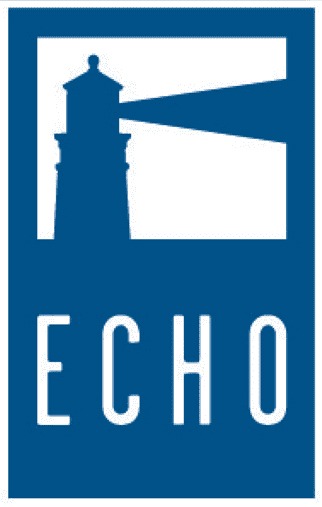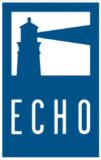Committed to Better Care at Better Costs
As an independent physician-led community practice, ECHO remains strongly committed to delivering the highest quality care in a cost-efficient manner. A recent article in the New England Journal of Medicine highlights how chemotherapy infusion in a hospital setting is dramatically more expensive than the same delivery in an independent practice like ECHO.
“price markups at hospitals eligible for 340B discounts were 6.59 times as high as those in independent physician practices, and price markups at noneligible hospitals were 4.34 times as high as those in physician practices.“
What this means is when patients receive infusions in a hospital setting, they will paying significantly more while hospitals reap the financial rewards.
Below is the article published on January 25, 2024.

Hospital Prices for Physician-Administered Drugs for Patients with Private Insurance
James C. Robinson, Ph.D., Christopher Whaley, Ph.D., Sanket S. Dhruva, M.D.
BACKGROUND
Hospitals can leverage their position between the ultimate buyers and sellers of drugs to retain a substantial share of insurer pharmaceutical expenditures.
METHODS
In this study, we used 2020–2021 national Blue Cross Blue Shield claims data regarding patients in the United States who had drug-infusion visits for oncologic conditions, inflammatory conditions, or blood-cell deficiency disorders. Markups of the reimbursement prices were measured in terms of amounts paid by Blue Cross Blue Shield plans to hospitals and physician practices relative to the amounts paid by these providers to drug manufacturers. Acquisition-price reductions in hospital payments to drug manufacturers were measured in terms of discounts under the federal 340B Drug Pricing Program. We estimated the percentage of Blue Cross Blue Shield drug spending that was received by drug manufacturers and the percentage retained by provider organizations.
RESULTS
The study included 404,443 patients in the United States who had 4,727,189 drug-infusion visits. The median price markup (defined as the ratio of the reimbursement price to the acquisition price) for hospitals eligible for 340B discounts was 3.08 (interquartile range, 1.87 to 6.38). After adjustment for drug, patient, and geographic factors, price markups at hospitals eligible for 340B discounts were 6.59 times (95% confidence interval [CI], 6.02 to 7.16) as high as those in independent physician practices, and price markups at noneligible hospitals were 4.34 times (95% CI, 3.77 to 4.90) as high as those in physician practices. Hospitals eligible for 340B discounts retained 64.3% of insurer drug expenditures, whereas hospitals not eligible for 340B discounts retained 44.8% and independent physician practices retained 19.1%.
CONCLUSIONS
This study showed that hospitals imposed large price markups and retained a substantial share of total insurer spending on physician-administered drugs for patients with private insurance. The effects were especially large for hospitals eligible for discounts under the federal 340B Drug Pricing Program on acquisition costs paid to manufacturers. (Funded by Arnold Ventures and the National Institute for Health Care Management.)

